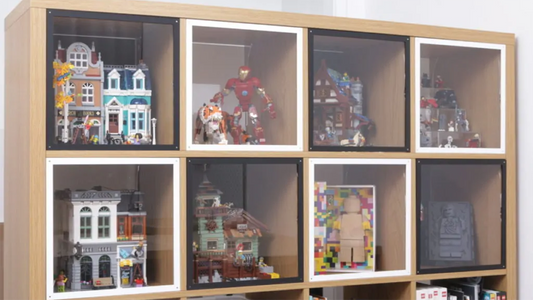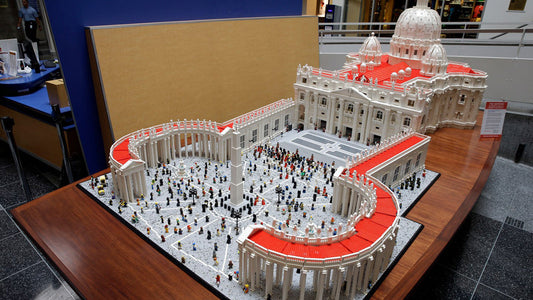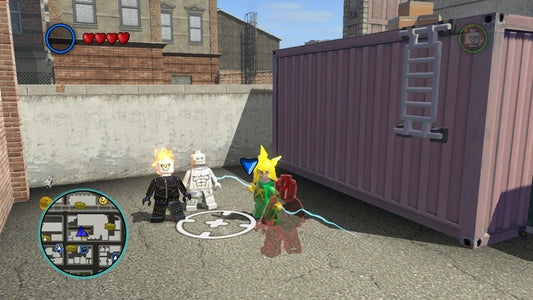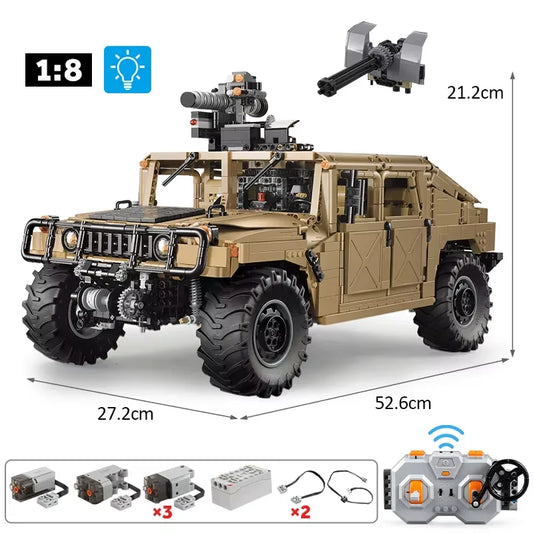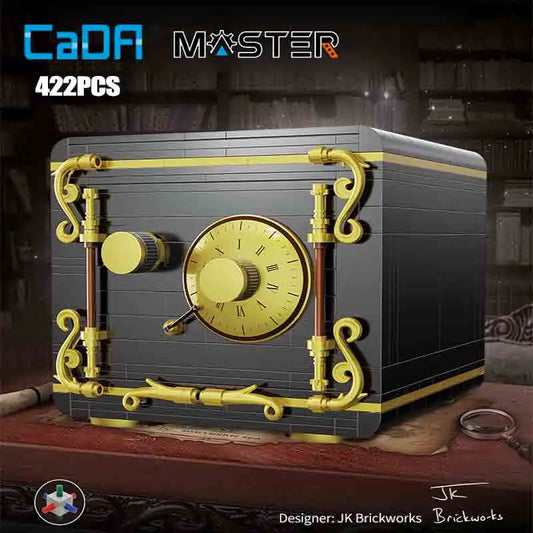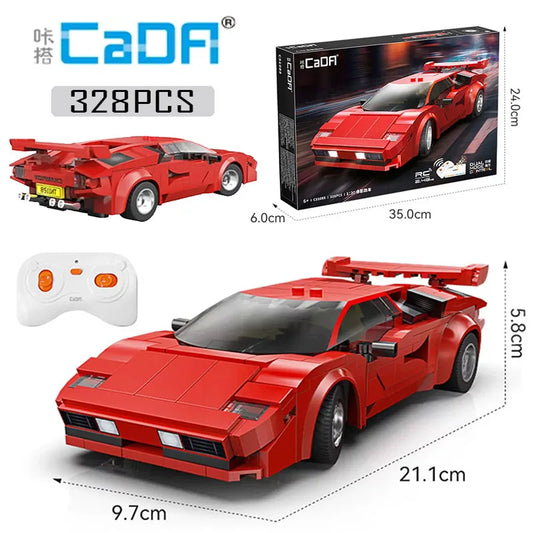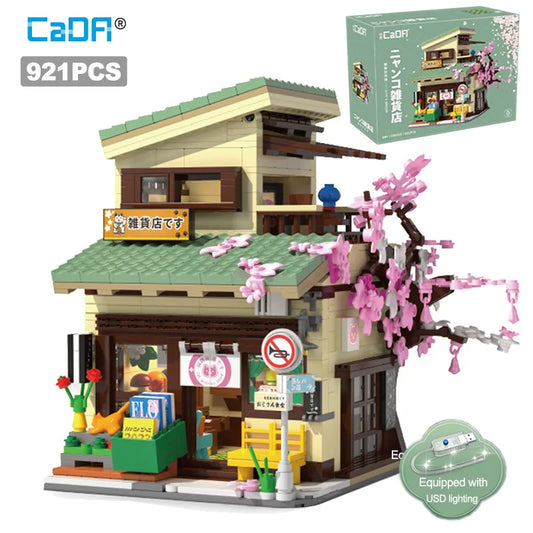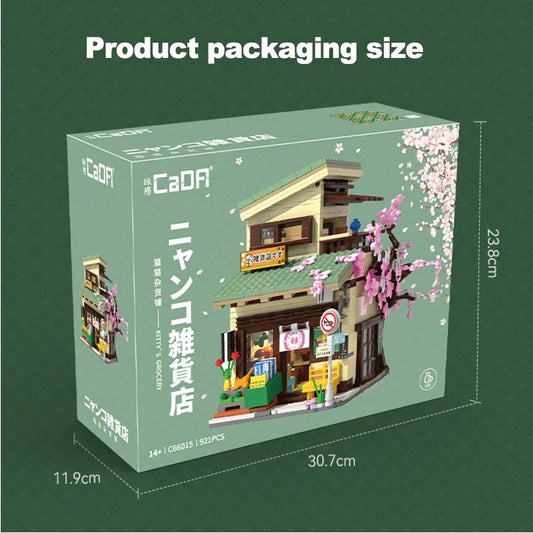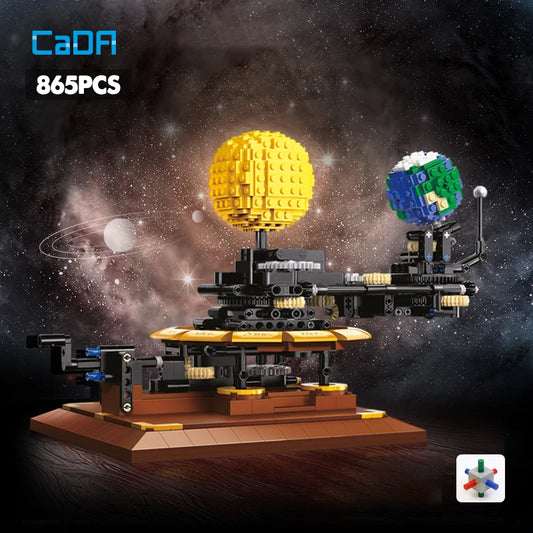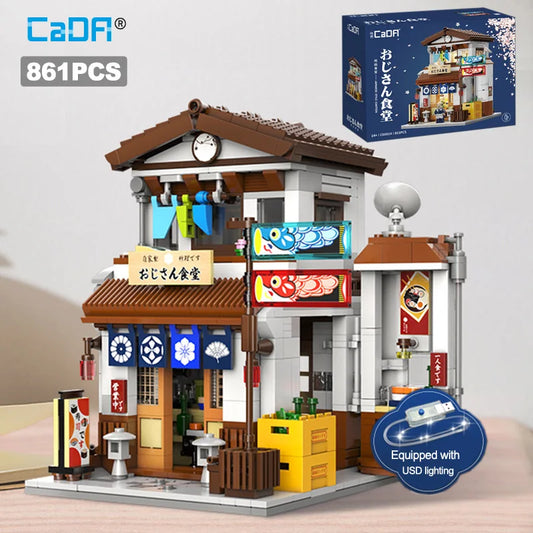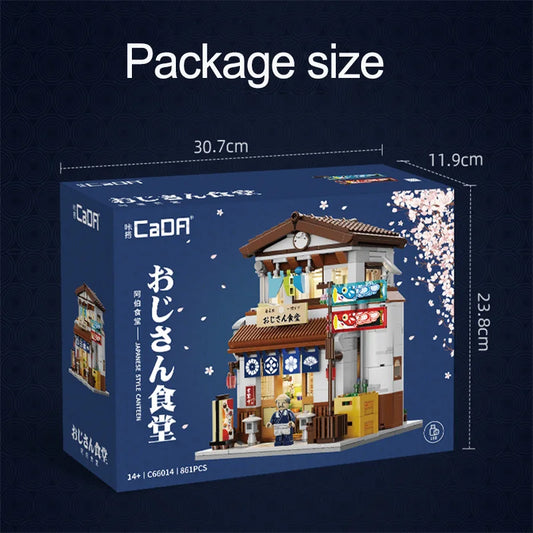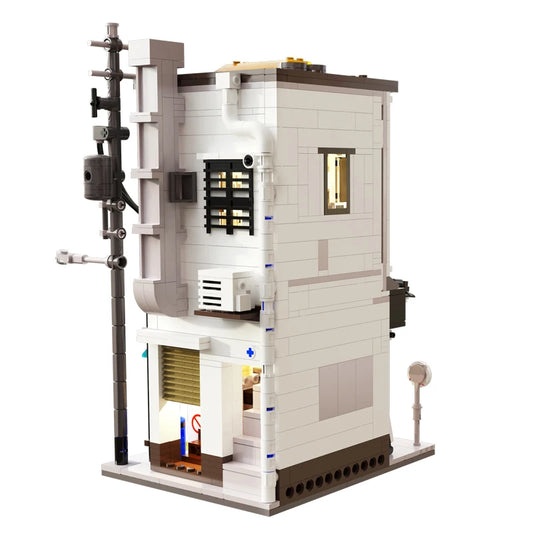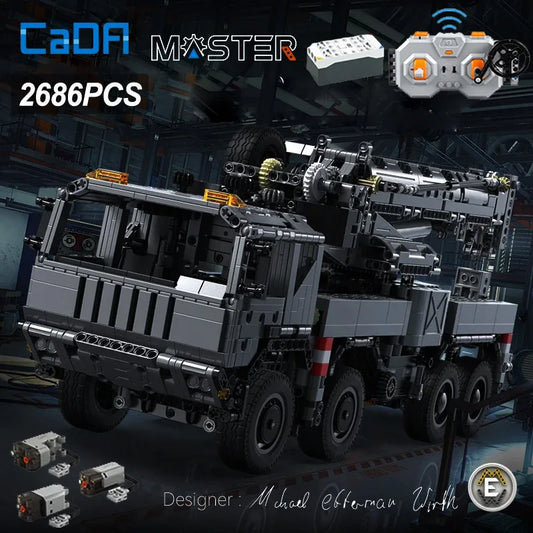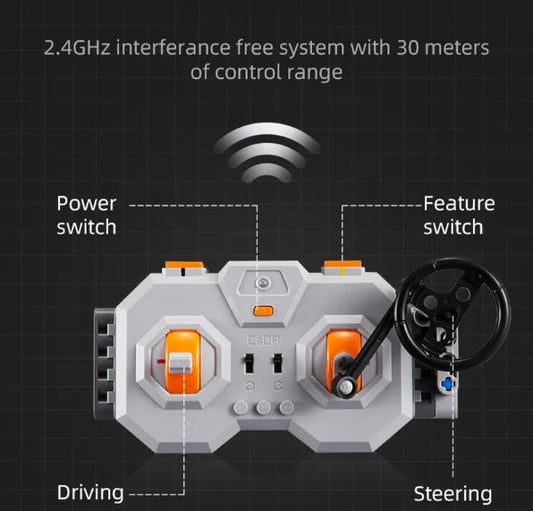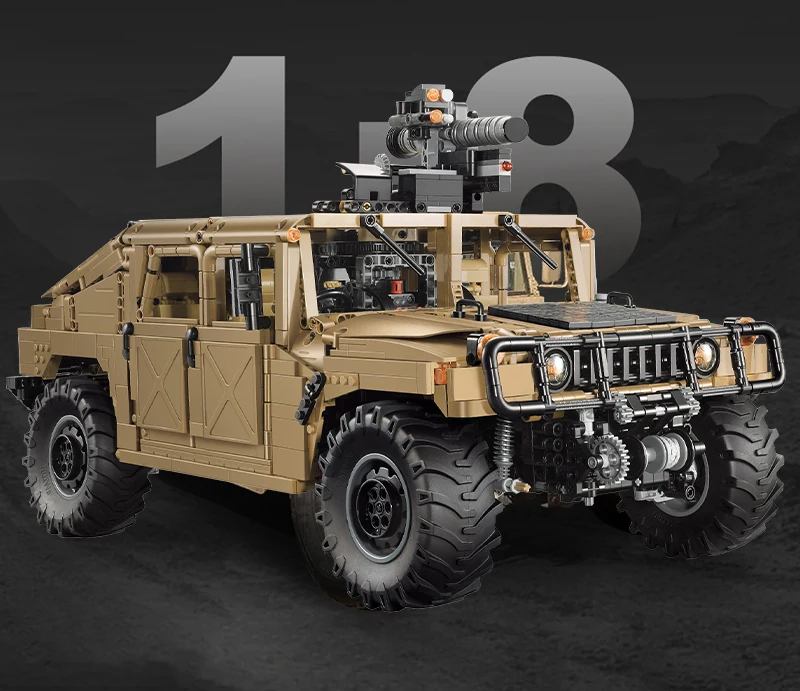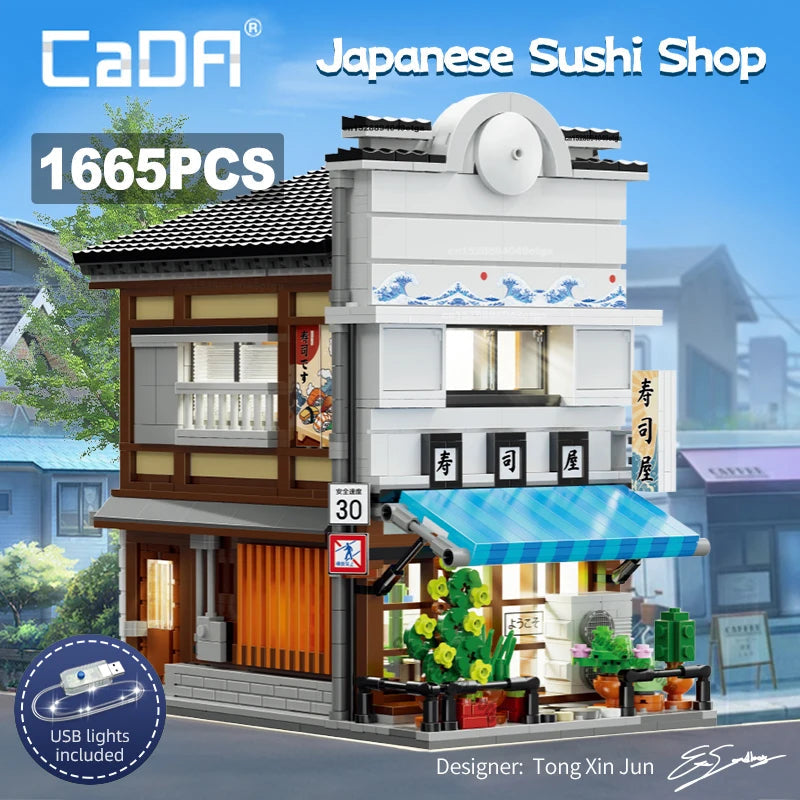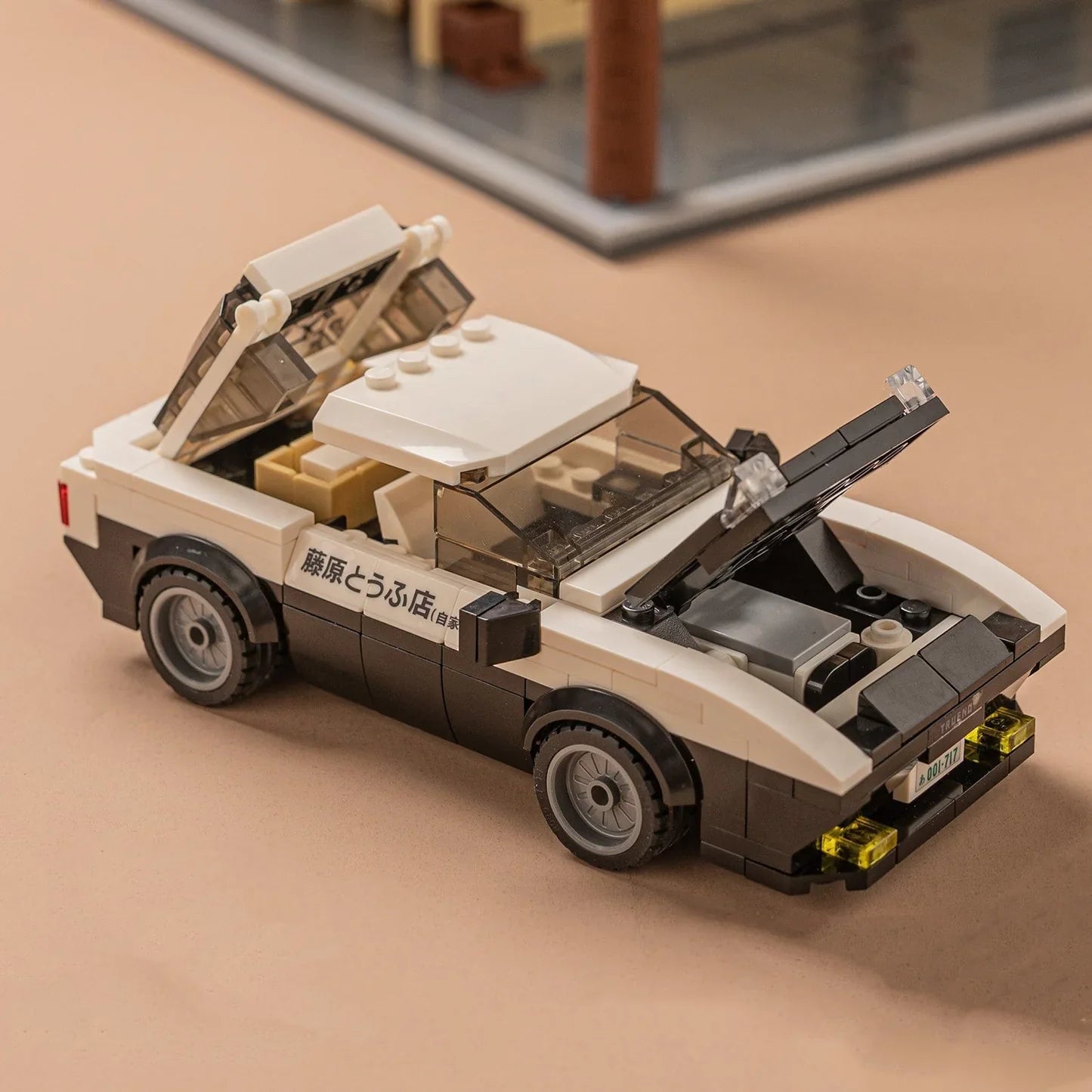What Scale Is LEGO 2025
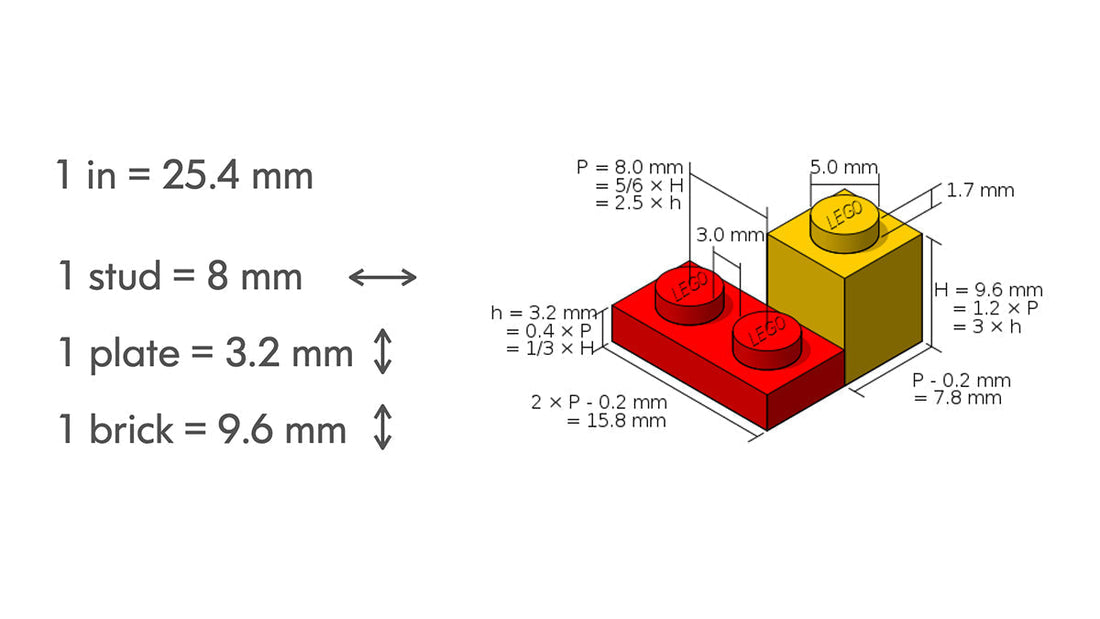
Podíl
As an avid LEGO enthusiast and a keen observer of design precision, I’ve often been asked, “What scale is LEGO?” This seemingly simple question opens a door to fascinating details about LEGO's iconic bricks, their dimensions, and how those tiny elements translate into scale modeling. Understanding LEGO scale is essential not only for collectors and builders but also for educators, designers, and enthusiasts aiming to accurately represent real-world objects or create custom models that fit within the vast LEGO universe.
LEGO bricks are built around a rigorously engineered system that revolves around standardized measurements expressed primarily in millimeters, with each element designed for seamless interlocking. The lego brick dimensions hinge on a modular grid system, where each stud—the iconic bump on top of the brick—corresponds to a clearly defined unit of measurement. Grasping these dimensions reveals the logic behind LEGO’s enduring legacy of precision, compatibility, and creativity. In this blog post, I’ll dive deep into LEGO scale, breaking down the exact measurements of bricks, the standardized modular system, and what scale LEGO models inherently represent in comparison to their real-world counterparts.
By the end, you’ll have a rich understanding of LEGO’s unique scale system and how it can help you better appreciate your builds or plan your next project with confidence and accuracy.
CADA BRICKS® Best Sellers - SHOP NOW
The Fundamental LEGO Brick Dimensions
To comprehend what scale LEGO represents, we first need to understand the dimensions of a standard LEGO brick. According to detailed measurements by LEGO experts, each LEGO brick is built around a foundational modular system based on 8 millimeters.
- Length and Width (XY plane): The horizontal plane is structured around a square module, where each stud corresponds to a space of roughly 8mm x 8mm. However, actual bricks are slightly smaller (about 0.1mm less on each side) to allow for a precise, springy fit when locked together. This tolerance gives the bricks their celebrated clutch power.
- Stud Dimensions: Each stud has a diameter close to 4.8mm and a height of approximately 1.6mm. This size ensures uniform compatibility across different LEGO elements.
- Height (Z-axis): Vertically, the standard LEGO brick height is 9.6mm, which equals the height of three LEGO plates stacked (one plate is 3.2mm tall). This height difference is key when stacking bricks or plates and is consistent enough to maintain structural integrity.
For example, a classic 2x4 brick measures about 31.8mm long, 15.8mm wide, and 9.6mm tall (excluding stud height), fitting perfectly with adjacent pieces for creative building.
CADA BRICKS® Supercars - SHOP NOW
CADA BRICKS® Best Sellers | CADA BRICKS® Supercars & Racing Cars | CADA BRICKS® Trucks & Construction | CADA BRICKS® Military & Weapons | CADA BRICKS® Initial D
What Does LEGO Scale Represent in Real-World Terms?
Unlike model kits that often adhere to fixed scales like 1:24 or 1:87, LEGO does not have one universal scale; instead, its scale varies depending on the type of build and the subject representation. The modular nature of LEGO means scale is often a compromise between playability, simplicity, and detail.
- Minifigure Scale: Most LEGO human figures (minifigs) are roughly 4 cm (~1.5 inches) tall. This translates roughly to a scale of about 1:48 to 1:50 when compared to the average real human height of about 180 cm (5’11”). This is why many LEGO vehicles and buildings are designed to fit minifigures at this scale to maintain proportionate play scenes.
- Architectural and Vehicle Models: When LEGO models aim for architectural accuracy or realistic vehicles, the scale is often approximated or adjusted to ensure structural stability and aesthetic details. For example, a LEGO building or a Star Wars spaceship’s scale might not be exact but designed around the capacity of brick sizes and minifigs.
- Scale Calculation Example: If a building is 184 feet wide in real life, and the LEGO model is 30 studs wide (each stud being 8mm = 24cm), converting to the same units gives approximately a 1:230 scale, illustrating how LEGO scale can vary drastically by project and purpose.
CADA BRICKS® City Landmarks - SHOP NOW
CADA BRICKS® Licensed Cars | CADA BRICKS® Classic Cars | CADA BRICKS® Motorcycles & Bikes | CADA BRICKS® Off-Road & 4x4 | CADA BRICKS® Emergency Vehicles
The Modular System: The Core of LEGO Scale
The LEGO system's fundamental unit—the stud—is crucial to understanding LEGO scale and compatibility. This 8mm grid system underpins all LEGO bricks and elements, creating a standardized language for builders worldwide.
CADA BRICKS® Technic Sets - SHOP NOW
CADA BRICKS® Japanese Street | CADA BRICKS® City & Landmark | CADA BRICKS® Science & Educational | CADA BRICKS® Technic | CADA BRICKS® Modern Architecture
Key Modular Measurements:
- One stud = 8mm (length and width module)
- Brick height = 9.6mm (3 plates stacked)
- Plate height = 3.2mm
- Stud diameter = 4.8mm
- Wall thickness = 1.6mm
This consistency means that any LEGO brick, no matter how complex, will fit precisely with others if it adheres to this modular system.
CADA BRICKS® Display & Collectibles - SHOP NOW
CADA BRICKS® Castle Building Blocks | CADA BRICKS® City Building | CADA BRICKS® Remote Control | CADA BRICKS® Display & Collectibles | CADA BRICKS® Anime & Pop Culture
Why Does LEGO Use This Non-Uniform Scale?
One interesting design characteristic is that LEGO bricks are not perfect cubes; their height (9.6mm) does not match their length or width (8mm). This discrepancy allows for greater structural stability and versatility in building. It also poses challenges, such as the need for specific connecting pieces (like plates and Technic elements) to maintain alignment, especially in vertical connections.
This intentional design choice reflects LEGO’s balance between engineering precision, user experience, and creative freedom. The slightly "off" vertical scale allows builders to create robust structures while maintaining the iconic LEGO aesthetic and usability.
Understanding LEGO Scale Beyond Measurements: Building and Modeling Perspectives
When builders or modelers think about LEGO scale, it’s helpful to see it in practical terms:
- Standard LEGO bricks align to a unit system, enabling complex shapes building while maintaining the modular grid.
- Scaling LEGO models involves counting studs, making precise measurements easy-to-understand and apply.
- Upscaling or downscaling LEGO models is possible by multiplying studs and brick heights, allowing large-scale or micro versions of models (common in fan-made LEGO builds).
- For example, an "upscaled" LEGO brick might be 3 times larger than a standard brick in each dimension (3:1 scale), multiplying stud counts accordingly.
CADA BRICKS® Remote Control Sets - SHOP NOW
CADA BRICKS® Mechanical Engineering Building Blocks | CADA BRICKS® Kids Building Blocks | CADA BRICKS® Teens Building Blocks | CADA BRICKS® Adult Building Blocks
Conclusion: What Scale Is LEGO Ultimately?
LEGO’s scale is best understood as a modular, flexible system based on an 8mm grid for width and length and roughly 9.6mm height per brick. In representational terms, the classic minifigure scale is roughly 1:48 to 1:50, but for architectural or vehicle models, the scale can vary widely depending on the build's purpose.
This modularity and variability define LEGO’s genius, allowing builders of all skill levels to construct everything from small toys to detailed scale models while maintaining compatibility and structural integrity.
Understanding these dimensions unlocks a richer LEGO experience—whether you’re measuring for a build, designing custom pieces, or simply admiring the craftsmanship behind your favorite toy bricks.









